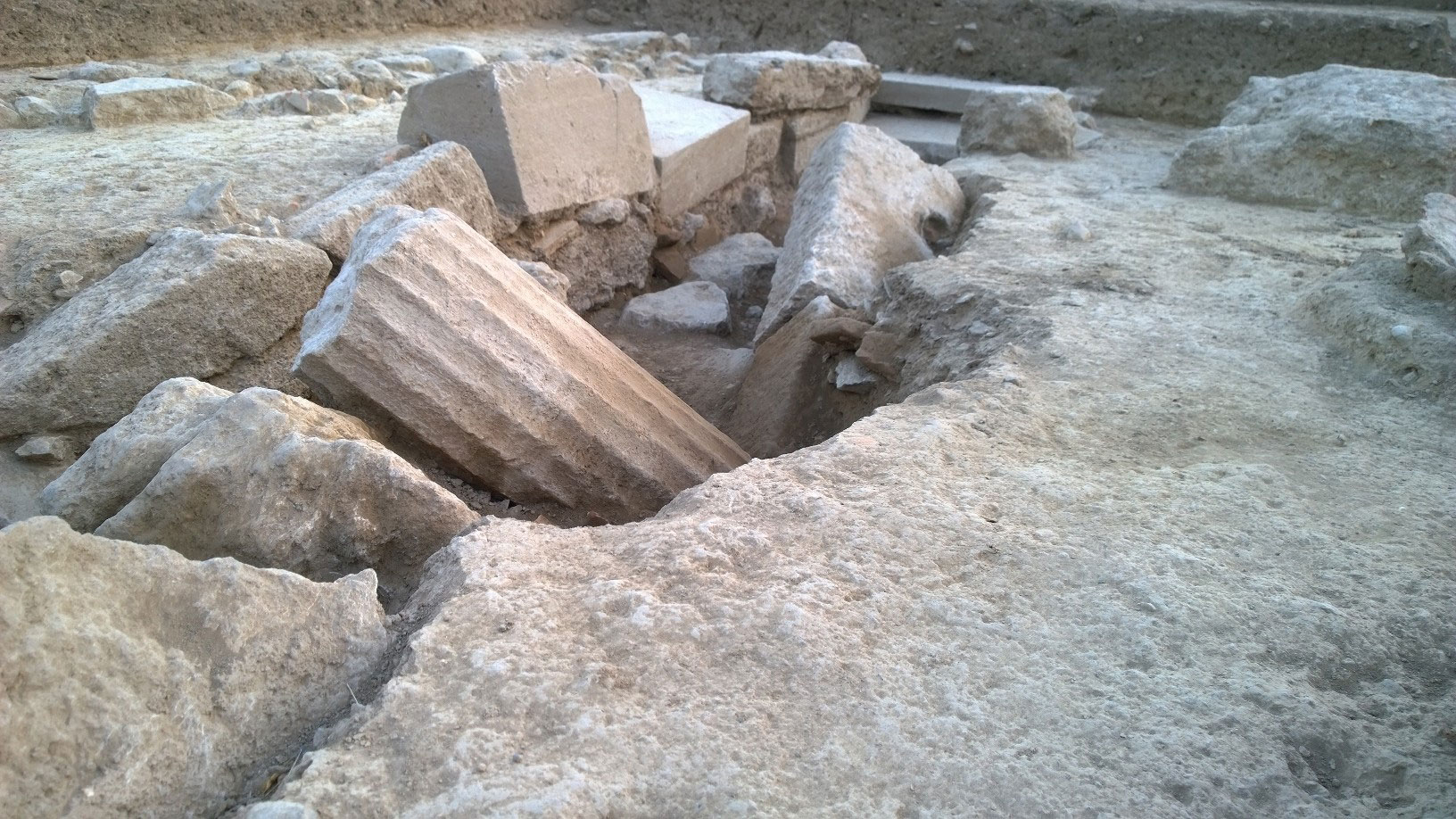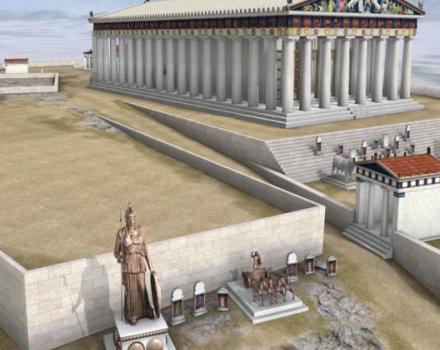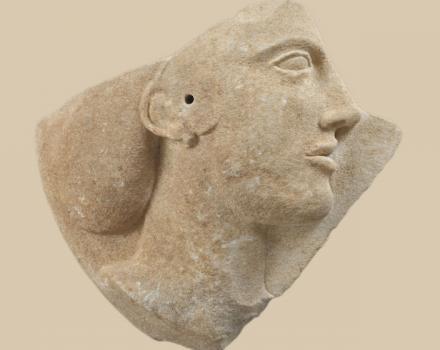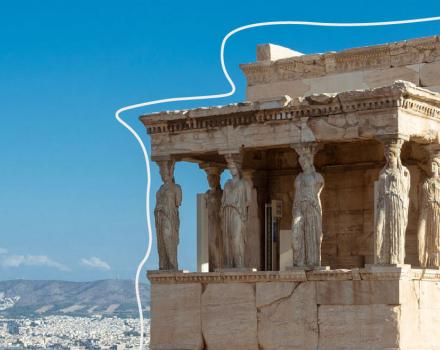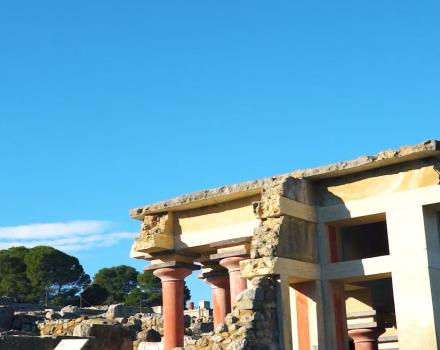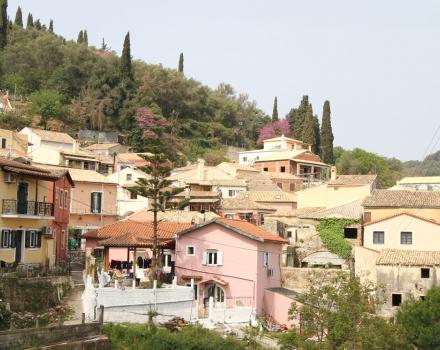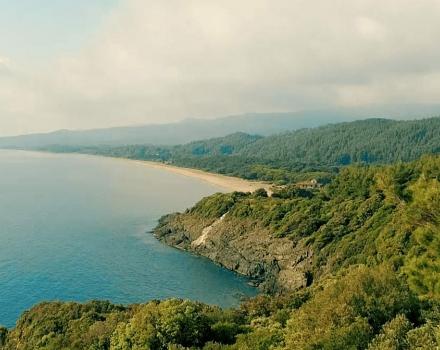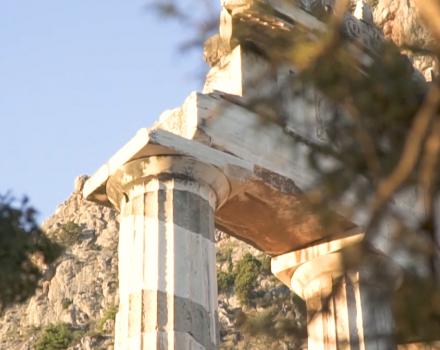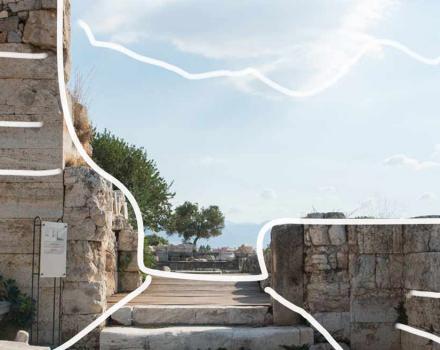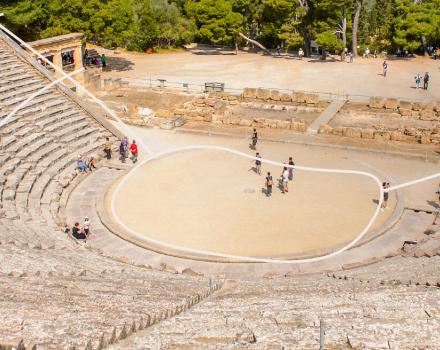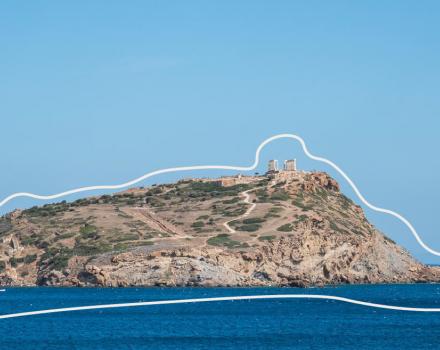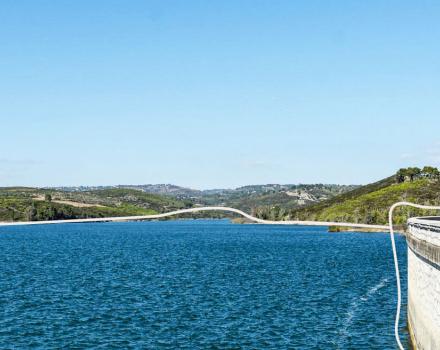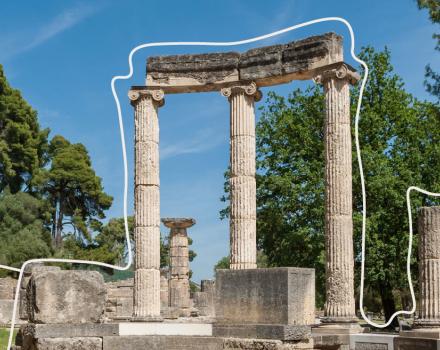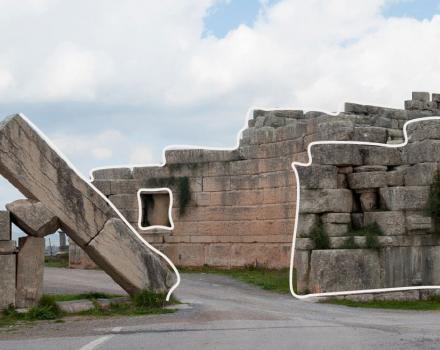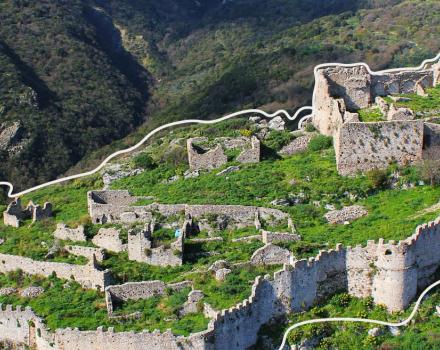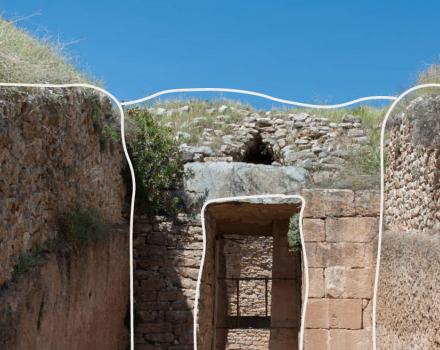A false geographical indication of Strabo (64 B.C.-24 A.D.) prevented over 100 years to locate the Sanctuary of Artemis Amarysia in Amarynthos of Evia. After the first efforts of the archaeologists, who began in the 19th century, the Sanctuary of Artemis Amarysia, one of the most important of ancient Evia, finally came to light in the summer of 2017. At a distance of 11 kilometers from Eretria (60 stadia) instead of 7 stadia (i.e 1.5 km) reported by Strabo.
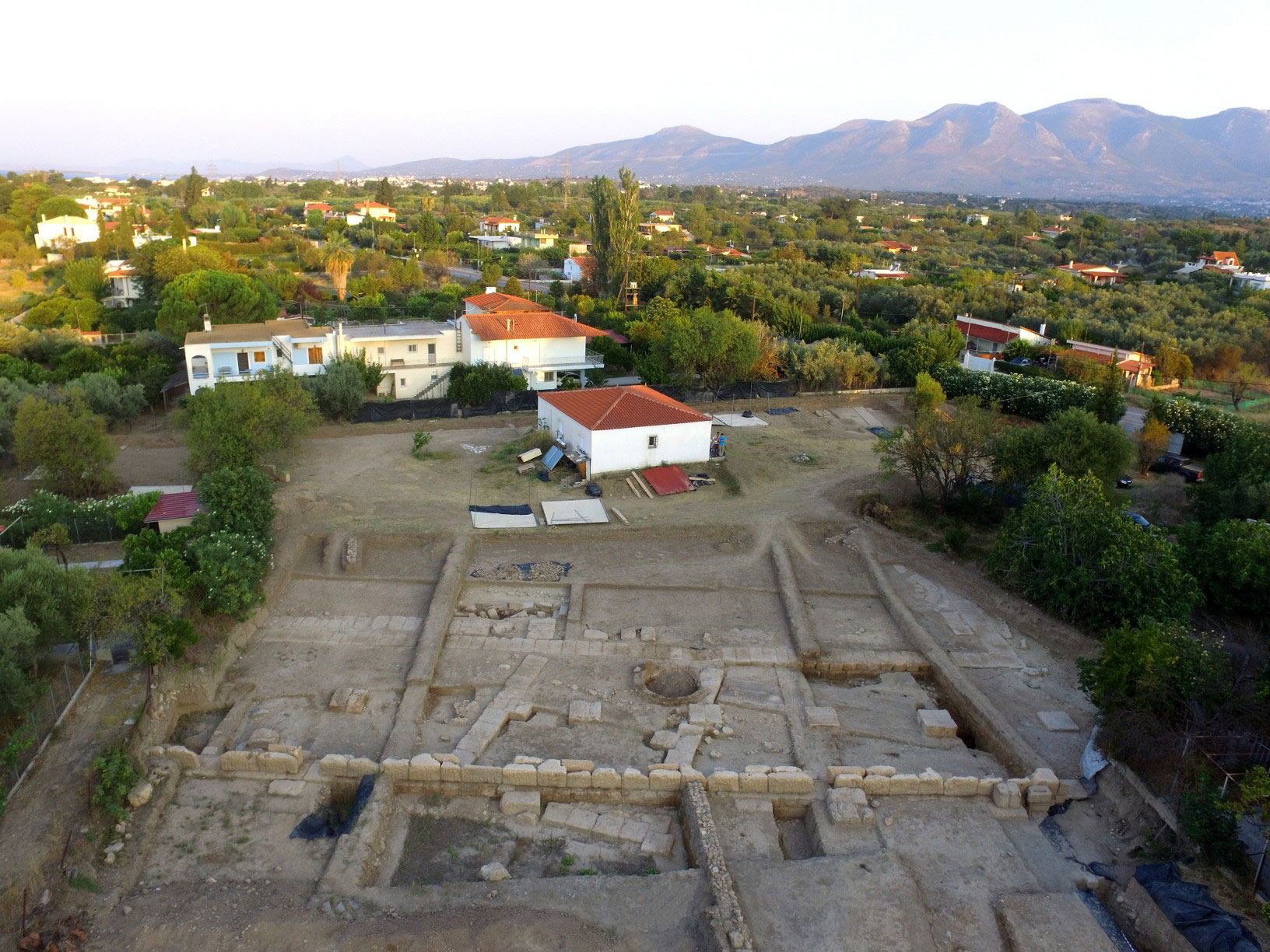
The new excavation data presented in the event of Swiss School of Archaeology in Athens, took place at National Hellenic Research Foundation in March 8. Amongst the crowded audience there were archaeologists from all over the world, fact that illustrates the importance of the finds, as well as the Swiss Ambassador of Athens, Hans-Rudolf Hodel. The research began in 2007 by Greek and Swiss archaeologists who explored many plots of land at the foot of Paleoekklisies hill, near modern Amarynthos, under the supervision of mr. Karl Reber, director of the Swiss Archaeological School in Greece, and Amalia Karapashalidou., honorary curator of Evia antiquities.
"More than 100 years, archaeologists needed to find the Sanctuary of Artemis Amarysia in Amarynthos of Evia, due to a wrong geographic indication from Strabo.
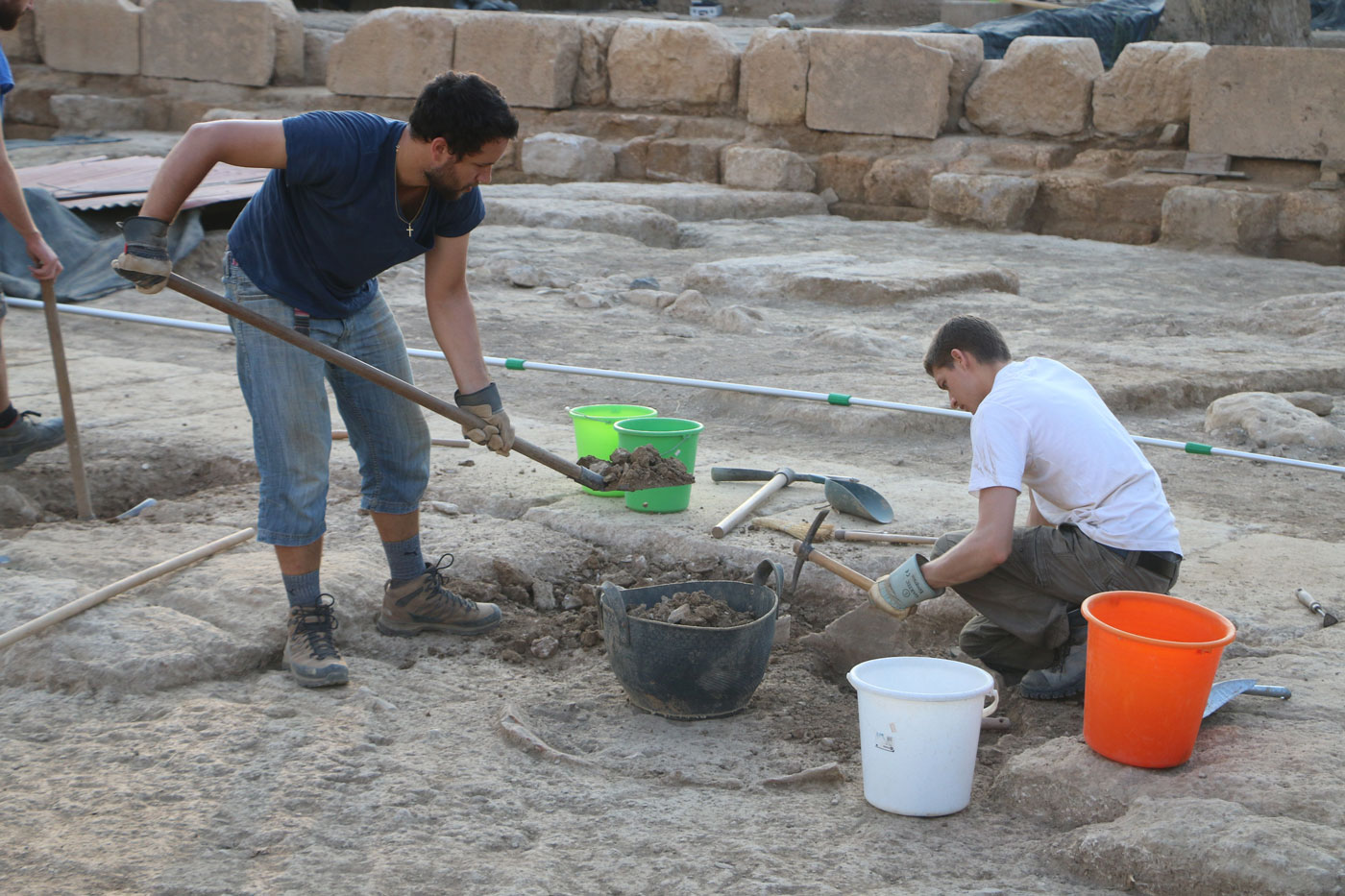
Monument and inscriptions
The first results were promising, as a monumental portico of the 4th c. B.C., which framed the east and north sides of the sanctuary, was revealed. During the excavations conducted in the summer of 2017, the archaeologists opened various trenches in the area surrounded by the porticos and found the center of the sanctuary, confirming that it was indeed the Sanctuary of Artemis Amarysia. The new findings were impressive: along with buildings belonged to different periods (from the 6th to the 2nd c. BC), an underground fountain was also discovered, which was built by monuments’ architectural members and bases in second use. These bases led to the sanctuary’s identification, because the inscriptions engraved on them are assigned to the goddess Artemis, her brother Apollo and their mother Leto.
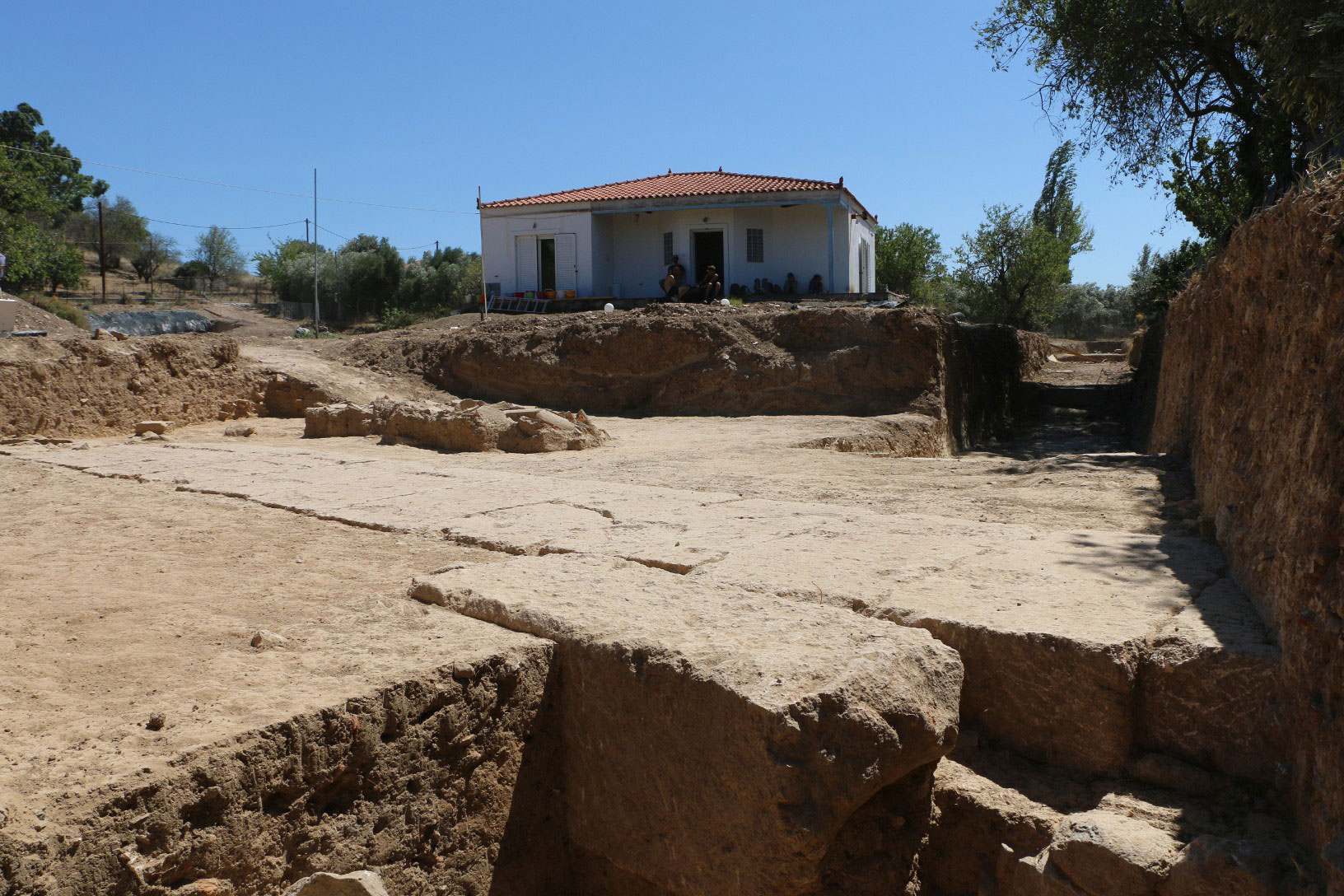
Apart from the inscriptions, which was the field of research of Denis Knoepfler, professor at the Collège de France and scientific director of the “Amarynthos” program, the hypothesis that this is the sanctuary of Artemis Amarysia was confirmed by a humble but extremely important finding: the sealed ceramics which have the name "Artemidos" engraved on them. The fruit of the close collaboration of the Swiss Archaeological School with the Evia Ephorate of Antiquities, the 10-year excavation program of Amarinthos has now given the monument whose existence was being searching from 19th century. These researches are funded by the Swiss National Research Foundation, the Isaac Dreyfus-Bernheim Foundation and the Foundation for the Swiss Archaeological School in Greece.
"Among the other findings that lead to identification of the Sanctuary of Artemis Amarysia were the humble but extremely important significance sealed ceramics which have the name "Artemidos" engraved on them.

The Swiss Archaeology School in Athens
As it was said on the event, archaeologists estimate that the one-third or a quarter of the sanctuary has been excavated to date, which means that many more important findings are expected, as it was a great and important sanctuary in its timeperiod. The Swiss Archaeological School has secured the funding of the works until 2021, but it will continue the excavations for as is necessary. The discovery of the sanctuary completes the major excavation work carried out by the Swiss Archaeological School in Eretria since 1964, revealing many monuments. Amongst them there are the Temple of Apollo Daphnephoros, the Temple of Athena at the Acropolis / Kastelli, the House of the Mosaics and, more recently, the Roman Baths and the ancient Gymnasium.
